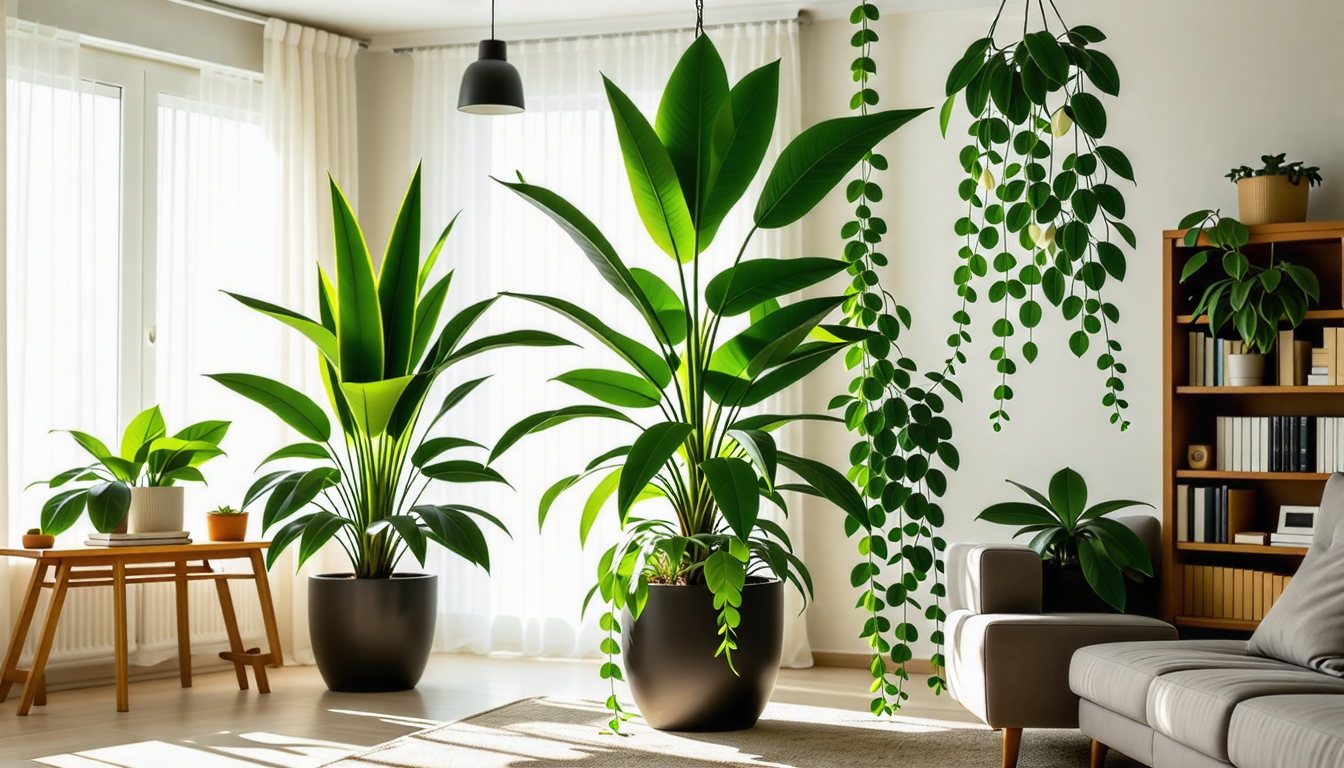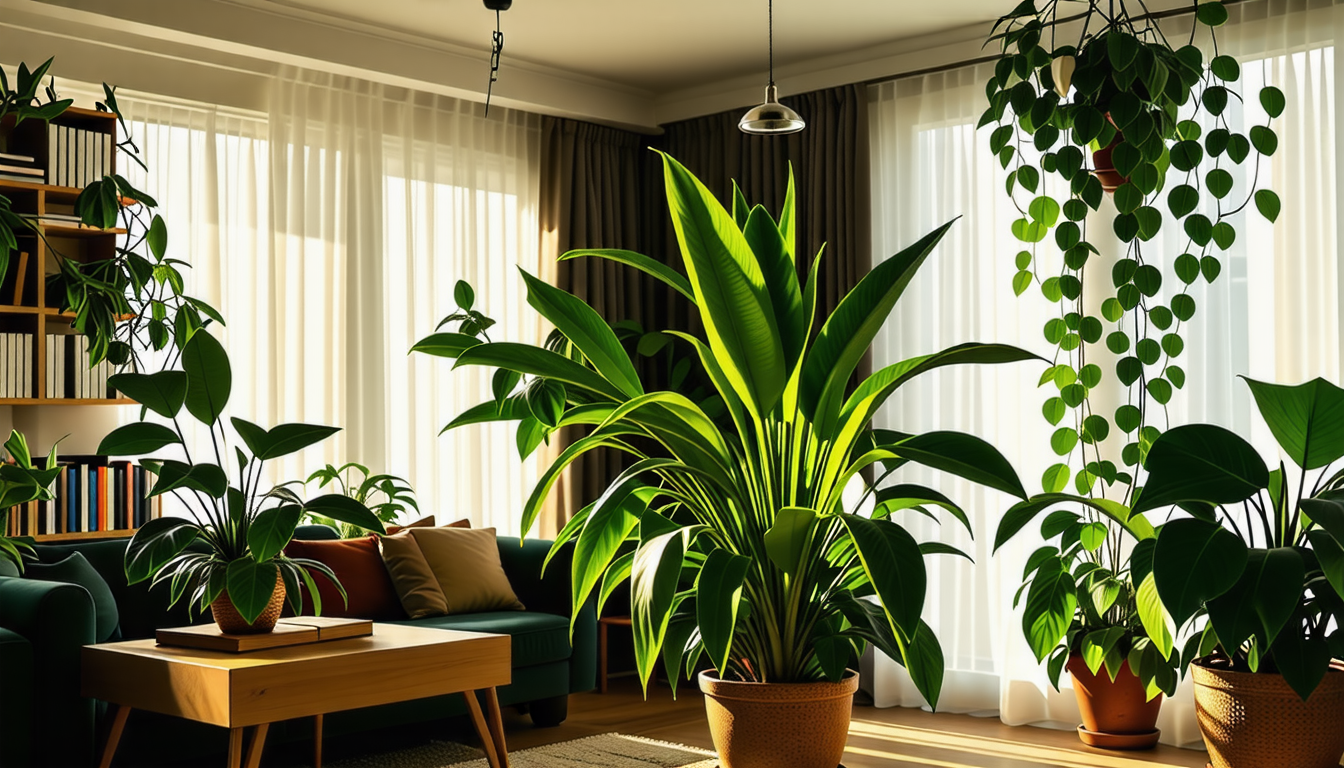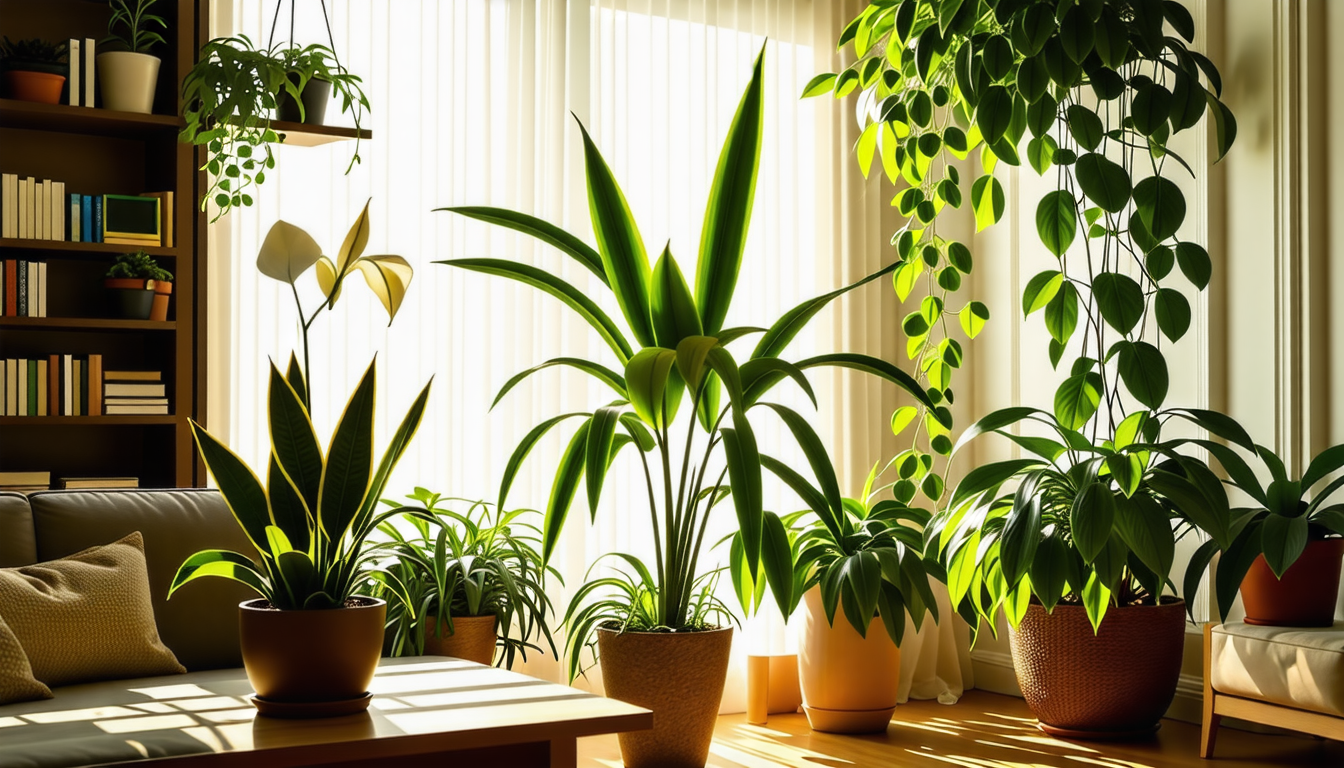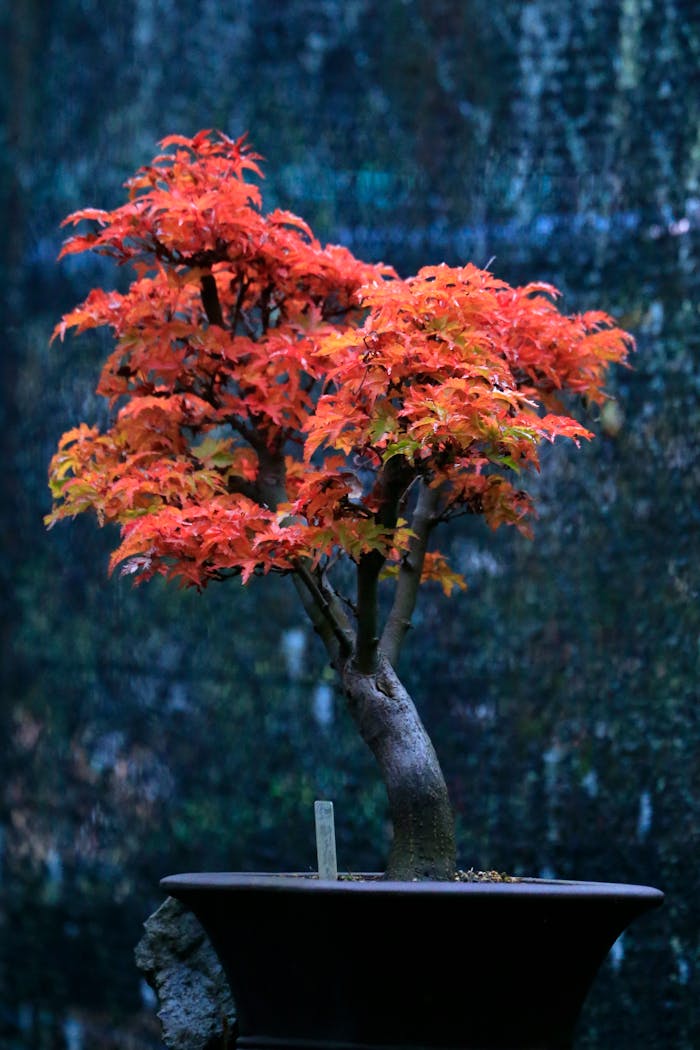|
IN BRIEF
|
Transform your living space into a sanctuary of fresh, clean air with the power of air-purifying houseplants. Imagine lush greenery thriving in your home while simultaneously working tirelessly to improve your indoor air quality. These remarkable plants not only beautify your environment but also help remove harmful toxins and pollutants that linger in the air. From the ethereal blooms of the Peace Lily to the striking presence of the Snake Plant, each selection offers a unique charm and a plethora of health benefits. By incorporating these natural air filters into your decor, you can create a vibrant atmosphere that fosters well-being and tranquility for you and your loved ones.

Creating a sanctuary within your home is not just about aesthetics; it’s also about the quality of the air you breathe. Incorporating plants that have the ability to purify the air can significantly enhance your living environment. These plants help filter out toxins, improve air quality, and infuse your space with a vibrant, natural feel. Below are some top choices for houseplants that not only beautify your home but also offer amazing air-purifying benefits.
Final Thoughts
Incorporating air-purifying houseplants into your home not only enhances the aesthetic appeal of your space but also plays a crucial role in promoting a healthier living environment. With options ranging from the stunning Peace Lily to the resilient Snake Plant, choosing the right plants for your home can be both fulfilling and beneficial.
For more ideas on indoor plants that thrive in various conditions, check out this resource. Embrace the green revolution and transform your living spaces with these wonderful air-purifying plants!
Light Requirements and Placement
Most air-purifying plants thrive in bright, indirect sunlight. Conducting research on your specific plant’s light needs is vital. Some, like the Snake Plant, can endure lower light settings while others, such as the Gerbera Daisy, require more brightness. Proper placement can make all the difference in how well these plants flourish.
Watering Techniques
Overwatering is a common issue among indoor gardeners, so it is crucial to learn the watering needs of your plants. Many air-purifying plants prefer soil that is well-drained and slightly dry between waterings. Using pots with drainage holes can prevent stagnant water, which could lead to root rot.
Fertilization
Most houseplants benefit from occasional feedings. Opt for a diluted, balanced fertilizer during the growing season to promote health and growth. Be cautious not to over-fertilize, as this can cause more harm than good.
Boston Fern: Nature’s Humidifier
The Boston Fern (Nephrolepis exaltata) is an avenue to bring a lush, tropical feel into your home. Commonly found adorning the shelves of cozy homes, it’s more than just a decorative plant; it’s a champion at removing indoor air pollutants such as formaldehyde and other chemicals.
Boston Ferns thrive in higher humidity levels, making them perfect for bathrooms or kitchens. This plant will flourish when cared for in a medium to indirect sunlight, though do be mindful of consistently moist soil to keep it looking its best.
Bamboo Palm: A Touch of Zen
The Bamboo Palm (Chamaedorea seifrizii) is not only a lovely addition to your indoor landscape but is also highly effective in purifying the air. Its graceful fronds add a touch of serenity, reminiscent of tropical environments.
Recognized for its effectiveness in filtering out benzene, formaldehyde, and trichloroethylene, this palm is a favorite among indoor gardeners. Also, it thrives in indirect sunlight and prefers moist soil, making it an easy-going member of your plant family.
Gerbera Daisy: Colorful and Functional
These vibrant flowers enjoy sunlight and require a bit more care, including regular watering, but their striking aesthetic appeal can make the extra effort worthwhile.
Aloe Vera: Beauty and Wellness
The Aloe Vera plant is famous for its myriad health benefits, particularly its soothing gel used for skin ailments. However, it is also an effective air purifier. The Aloe Vera plant effectively removes formaldehyde and benzene, making it a staple in homes that value both beauty and health.
This succulent thrives both indoors and outdoors but tends to prefer bright, indirect light. It’s also low-maintenance, requiring little water, making it an ideal option for those who are busy or new to plant care.
Philodendron: A Classic Houseplant
The Philodendron family is a diverse group of plants that are particularly well-known for their ability to improve indoor air quality. Many species of Philodendron are excellent at removing toxins, including formaldehyde, from the air.
These plants thrive in a variety of light conditions, making them versatile additions to your home. Whether you choose a climbing variety or a bushy type, the lush and sprawling leaves of the Philodendron family effortlessly enhance any decor.
Chrysanthemum: A Fall Favorite with Air Purification Skills
The Chrysanthemum, or “mums,” is not just a seasonal decor staple; it is also a powerful air purifier. These vibrant flowers are exceptionally effective in removing pollutants such as ammonia and benzene.
Mums thrive in bright light and prefer moist, well-drained soil, making them best suited for sunny spots in your home. While they bring visual appeal, their air-purifying capabilities make them a dual-purpose houseplant.
English Ivy: A Classic Climber for Clean Air
English Ivy (Hedera helix) is a classic climber that adds sophistication to your indoor space. This vine is known to significantly reduce airborne mold and mildew, making it ideal for homes in humid conditions.
This plant is also proficient at filtering out formaldehyde and other toxins. It can be trained to climb a trellis or left to trail, providing a stylish touch wherever it is placed. Additionally, English Ivy thrives in low to moderate lighting, further enhancing its appeal as a versatile houseplant.
Rubber Plant: A Robust Beautifier
The Rubber Plant (Ficus elastica) is celebrated for its lush, glossy leaves that can serve as a striking indicator of indoor health. Beyond decorative appeal, this plant effectively filters toxins such as formaldehyde from the air.
Rubber Plants thrive in moderate light and prefer low humidity, making them perfect candidates for spaces like living rooms or offices. Their tall stature also adds a dramatic flair to your indoor decor.
The Importance of Air-Purifying Houseplants
In today’s world, where indoor air quality can often be compromised, incorporating air-purifying houseplants into our living spaces is not just an aesthetic choice, but a necessity for a healthier home. These remarkable plants are known for their ability to filter out harmful toxins and improve overall air quality. For instance, the Peace Lily is celebrated for its effectiveness in removing common indoor pollutants, making it an exemplary addition to any home. Its elegant white blooms not only purify the air but also bring a touch of serenity to the environment.
Moreover, plants such as the Snake Plant and Spider Plant require minimal maintenance, making them perfect for those who may not have a green thumb. The Snake Plant, in particular, is renowned for releasing oxygen at night, thus enhancing the bedroom environment for restful sleep. Furthermore, research by NASA highlights the benefits of houseplants, stating that “The implementation of indoor plants can result in a significant improvement in air quality, thereby promoting overall health and wellness.”
Practical Tips for Incorporating Houseplants
As you consider adding these green companions to your space, it is essential to choose plants that fit well within your home’s specific conditions. For example, the Boston Fern thrives in humid environments, making it perfect for bathrooms or kitchens, while the Aloe Vera prefers drier conditions and is excellent for desktops. By strategically selecting the right plants, you can not only enhance the visual appeal of your home but also create a more inviting and healthful atmosphere.

Transforming your living space into a sanctuary of health and vitality is easier than ever with the right selection of air-purifying houseplants. These remarkable green companions not only elevate your home’s aesthetic but also contribute significantly to cleaner indoor air. By opting for plants such as the Peace Lily, Snake Plant, or Boston Fern, you are creating a refreshing atmosphere that helps remove unwanted toxins and enhance wellness. Each plant brings its unique charm and benefits, making it essential to select varieties that suit your environment. Investing in these natural purifiers is a simple yet effective way to improve air quality and promote a healthier living space for both you and your loved ones.


